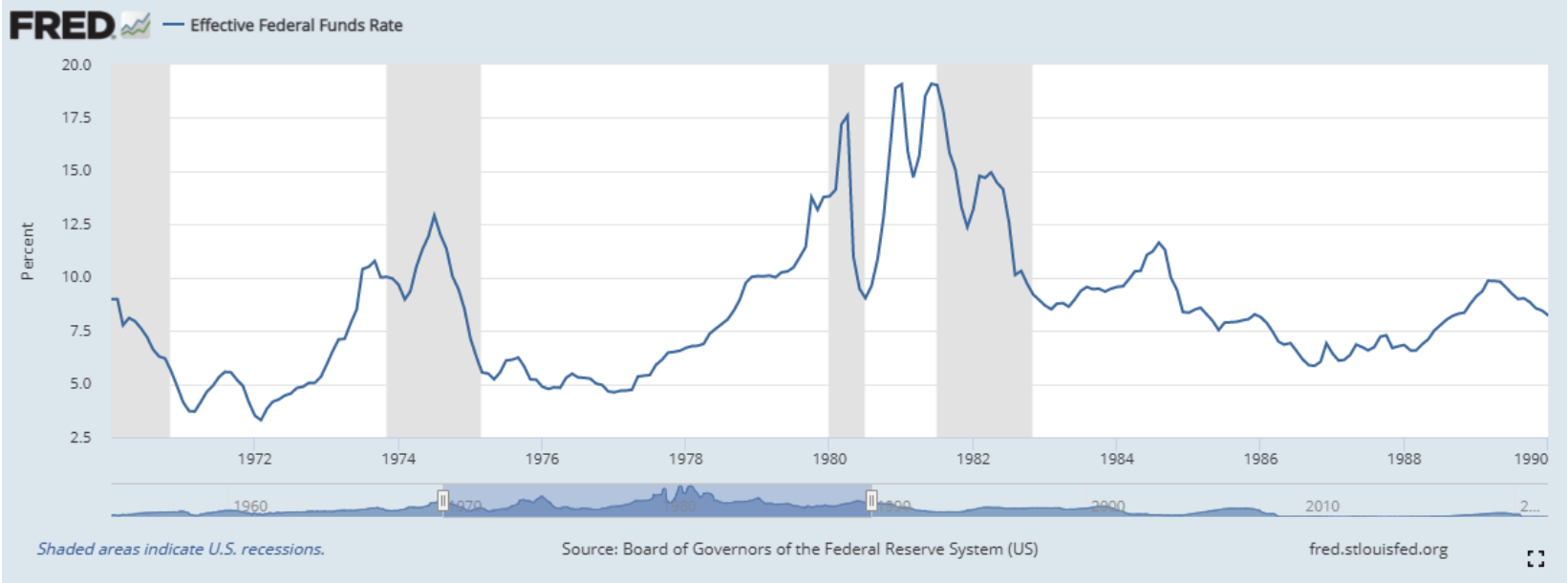So I saw this tweet by Semil Shah yesterday:
So I clicked on the link to my Competing To Win Deals post, which I wrote in 2010, and read it. I often read things I wrote a decade or more ago and cringe at how out of date they have become. Not this one. It is as relevant today as when I wrote it almost twelve years ago. So I am reposting it below:
The venture capital business is highly competitive. There is more money out there chasing good deals than most people imagine. It is also true that there are good deals and good entrepreneurs that can’t find anyone to invest in them. That is a failure of the system. But this post is not about that. It is about how a VC can compete and win a deal that many others want.
Here are my rules:
1) Do your very best to connect with the entrepreneur. If you don’t have a great personal connection, you won’t win the deal. Don’t even bother to try to win a deal where you don’t have good personal chemistry with the founder/CEO.
2) Bring your full partnership into the deal process early and consistently. Entrepreneurs are smart and they know they are doing a deal with a firm as well as an individual. Let them see the full picture early. Make it easy on the entrepreneur to meet the full partnership. Don’t make the entrepreneur do all the work.
3) Encourage the entrepreneur to get feedback on you and your firm. Instead of references, I like to give a list of every entrepreneur I’ve ever worked with and an email address. I tell them “throw a dart at that list and talk to four or five of them randomly. you’ll hear the same thing from everyone.”
4) Don’t pressure the entrepreneur to make a decision. Don’t issue exploding term sheets. Don’t put no shops into your term sheets. Those kinds of things are signs of insecurity. I prefer to tell people that we’ll have an exclusive relationship when the deal closes and not before then. If someone wants to leave me at the altar, better it happens then than after we are married.
5) Make your offer in person and don’t do it via a term sheet. Tell the entrepreneur you want to be their business partner. Tell them how much you will invest and how much ownership you want. Leave it at that. Tell them that if they are interested, you will send them a term sheet. Leading with a term sheet focuses the discussion on the wrong things. The process should be all about personal fit and very high level deal terms. Once the decision is made to try to work together, you can get into the specifics of the deal.
6) Add value during the process. Talk about the strategy issues facing the company. Talk about the hiring challenges the company faces. Try to help with these issues even before you are an investor. Show what you can do right away.
7) Use the product or service. Ideally you should be using it well before you start chasing the deal. But use the product/service actively and smartly. The entreprener will be watching. I assure you of that.
8) Don’t feel the need to pay the highest price. Offering a crazy price to win the deal scares off most smart entrepreneurs. They will be wondering why you are so aggressive. Offering a fair price that is in the range is what you need to do. And communicate that if the entrepreneur chooses to work with you, you will be flexible on your offer. That way you put yourself in the position to win and you can work the specifics to close the deal when the opportunity presents itself.
9) Don’t team up with another firm. We’ve made this mistake a few times recently. Entrepreneurs want to choose their syndicate partners. By pairing up with another firm, you signal to the entrepreneur that you want to choose the syndicate and that is a mistake in a highly competitive deal.
10) Be prepared to lose the deal and if you do, lose gracefully. There are plenty of good deals out there. You don’t have to win them all. Lose gracefully and maintain your good relationship with the entrepreneur at all costs. They might come back to you on the next round.
Many of these rules are counter intuitive. But they work well for my partners and me. You might say they will only work for you if you are a top tier investor. That may well be true, but you have to act like a top tier investor to become one. So you might as well play the game that way from the start.


